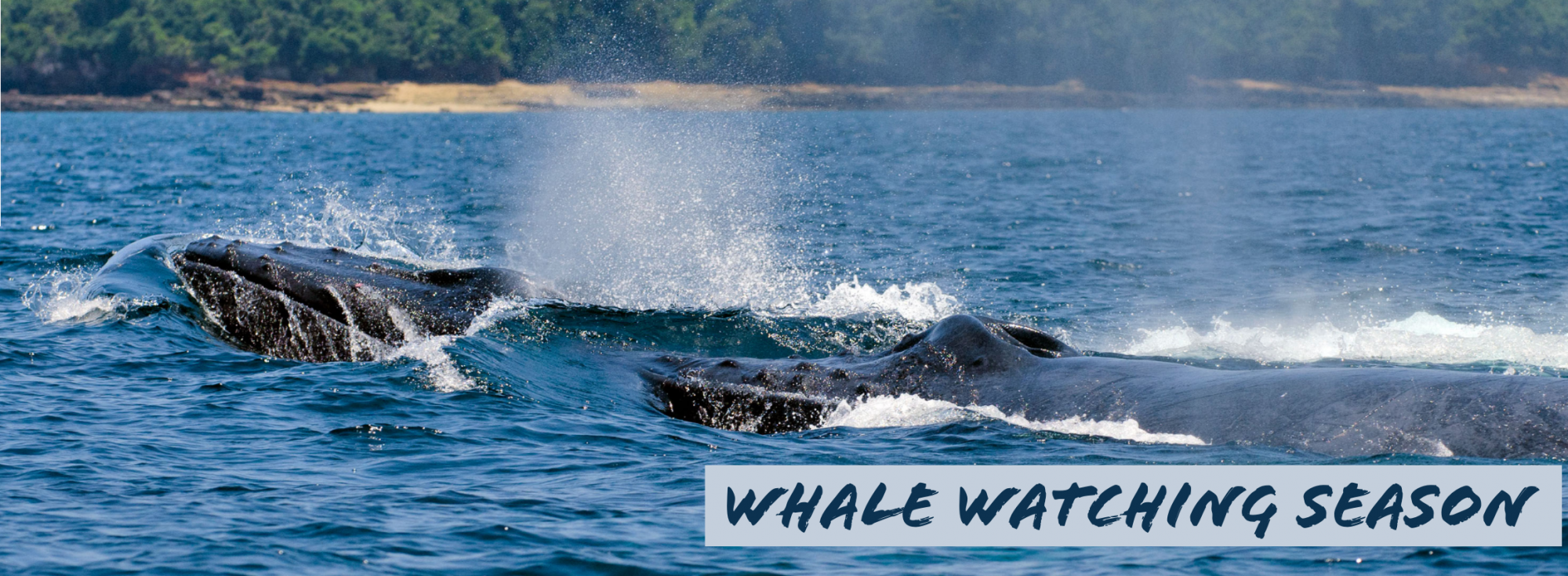By Stri.org

Jefferson Hall looks across hills of rust-colored, nutrient-poor soils and sees a major challenge. “In the future, all the good soils are going to go to agriculture to meet the demands of a growing human population,” says Hall, the director of STRI’s 700-hectare Panama Canal Watershed Experiment. “We need to figure out how to increase carbon sequestration on poor soils.”
That is one of the many goals of Smart Reforestation, a multidisciplinary strategy to maximize the ecosystem services provided by secondary forests. One facet of the experiment compares the carbon-capture potential of teak to native trees.
Teak, originally from Southeast Asia, is so popular that the hardwood accounted for two thirds of reforestation in Panama from 1992 to 2007, according to government statistics. But Tectona grandis, when planted on infertile soils, does not always live up to its lofty scientific name. Whether planted to boost a watershed’s carbon stocks, biodiversity, water storage capacity or timber output, some foresters ask whether native tree species can perform better.
One of Panama’s 2,300 tree species is Terminalia amazonia. It grows well on poor soils and is a key native tree in Hall’s Smart Reforestation studies. On experimental plots throughout the Panama Canal Watershed Project, STRI scientists plant trees in different combinations to learn how they interact with the environment and provide goods and services. While the experiment emphasizes native species the project includes a large plot of teak.
“The idea is to get the best teak plantation possible,” says Hall, describing an intensive program of fertilization and clearing invasive grasses. Six years into the experiment, the teak plantation is proving a valuable yardstick to measure the relative success of the project’s native species plots. Terminalia appears to outperform teak in various categories. It grows better with no artificial fertilizer required. As a native to Panama, Terminalia – in combination with other native species – fosters local biodiversity in a way that teak may not. Moreover, Terminalia is also valuable as timber.
“Because it has a really high wood density, Terminalia also captures more carbon than teak,” says Hall. “It is also long-lived and grows quickly, making it an ideal species for carbon management.”

